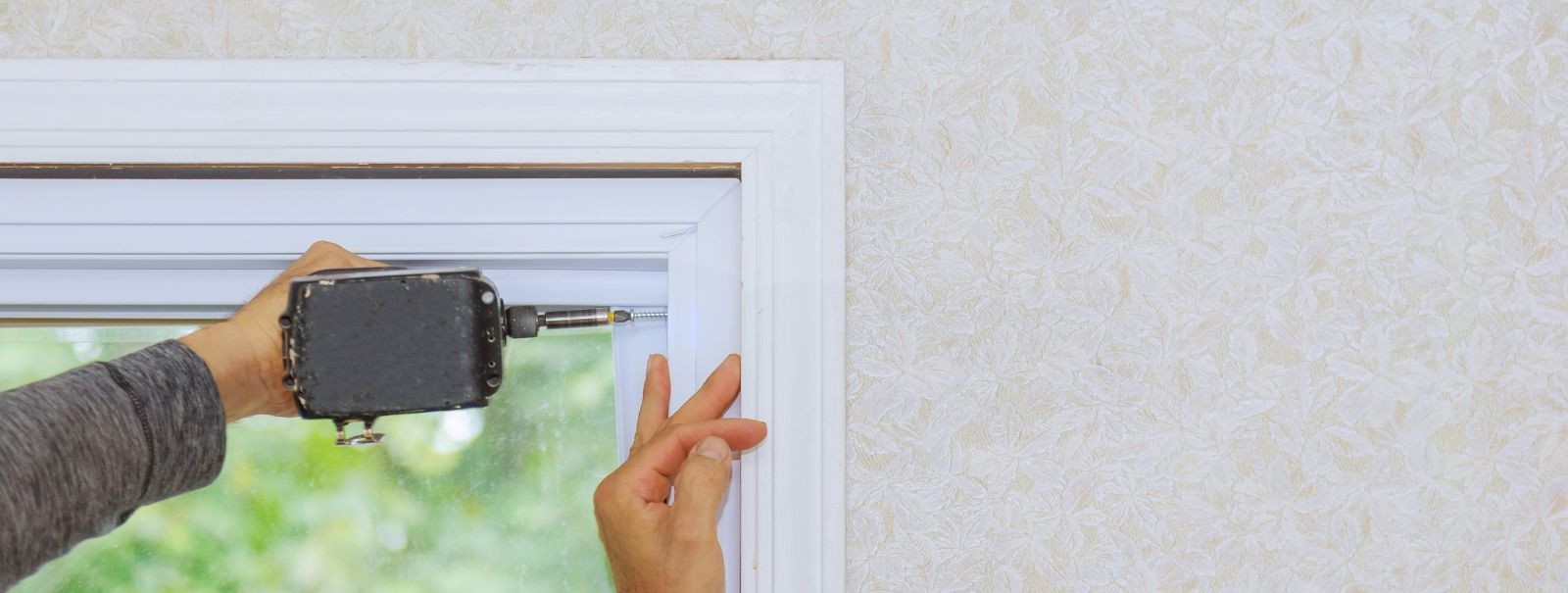How to improve energy efficiency with window upgrades
In today's world, energy efficiency is more than just a trend; it's a necessity. With rising energy costs and increasing environmental concerns, homeowners and businesses are seeking ways to reduce their energy consumption. One of the most effective methods is through window upgrades. Windows play a crucial role in the energy efficiency of a building, influencing both heating and cooling needs.
Understanding the Importance of Energy-Efficient Windows
Windows are a significant source of energy loss in any building. Poorly insulated windows can lead to drafts, heat loss in the winter, and heat gain in the summer, all of which increase energy usage. Energy-efficient windows minimize these issues by providing better insulation and reducing the need for artificial heating and cooling.
Types of Energy-Efficient Window Upgrades
Double and triple glazing involve using two or three panes of glass with a space between them, filled with air or inert gas. This design significantly reduces heat transfer, keeping your home warmer in the winter and cooler in the summer.
Low-emissivity (Low-E) coatings are thin, invisible layers applied to glass that reflect heat while allowing light to pass through. This helps in maintaining a consistent indoor temperature and reduces the load on heating and cooling systems.
The material of the window frame also affects energy efficiency. Options like vinyl, wood, and fiberglass offer better insulation compared to traditional aluminum frames. Each material has its own benefits and should be chosen based on specific needs and preferences.
Proper weatherstripping and sealing around windows prevent air leaks and drafts. This simple upgrade can significantly improve energy efficiency by ensuring that conditioned air stays inside and unconditioned air stays out.
Benefits of Window Upgrades for Energy Efficiency
By improving the insulation of your windows, you can reduce the amount of energy needed for heating and cooling, leading to lower energy bills.
Energy-efficient windows help maintain a consistent indoor temperature, enhancing comfort levels and reducing the need for additional heating or cooling.
Reducing energy consumption not only saves money but also decreases your carbon footprint, contributing to a more sustainable environment.
How to Choose the Right Window Upgrades
Before upgrading, evaluate the condition of your current windows. Look for signs of wear, drafts, or condensation between panes, which indicate the need for replacement or upgrades.
Your local climate and the orientation of your building can influence the type of window upgrades that will be most effective. For example, Low-E coatings are particularly beneficial in sunny climates.
While energy-efficient windows may require an initial investment, the long-term savings on energy bills and increased property value often justify the cost.
Professional Installation and Maintenance
Proper installation is crucial for maximizing the benefits of energy-efficient windows. Professional installers ensure that windows are fitted correctly, preventing air leaks and ensuring optimal performance.
To maintain the efficiency of your windows, regular maintenance is essential. This includes cleaning the glass, checking seals and weatherstripping, and addressing any damage promptly.






Comments (0)